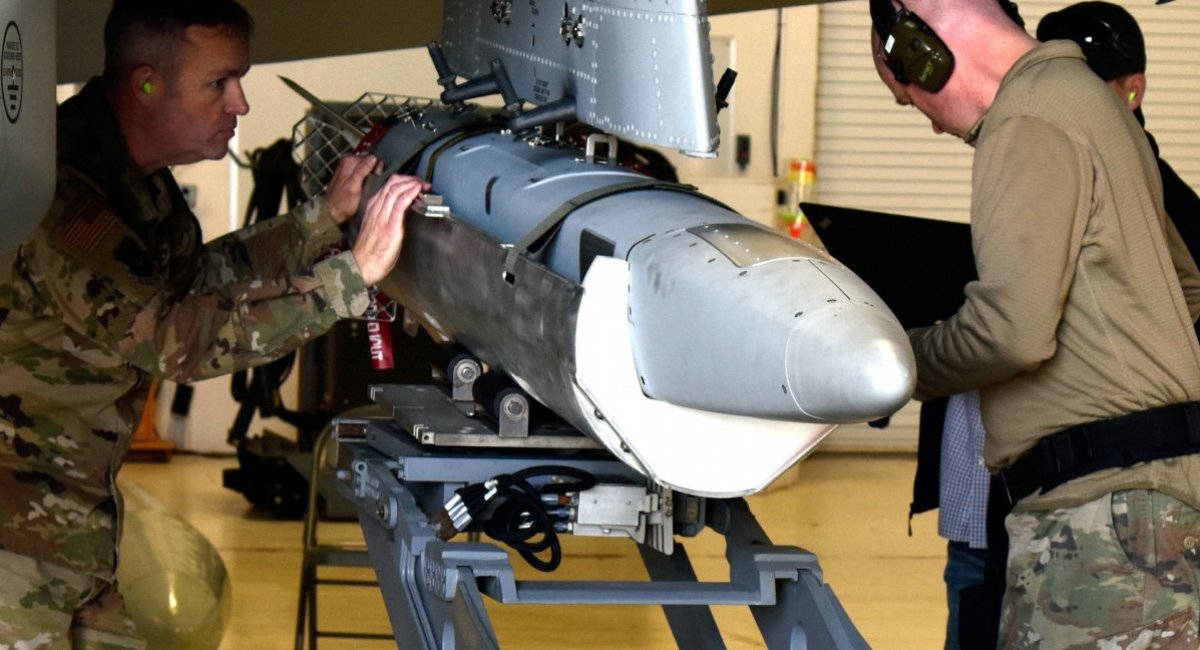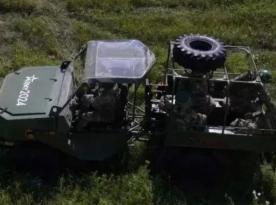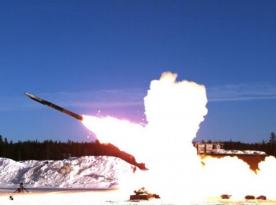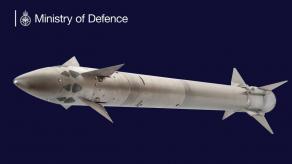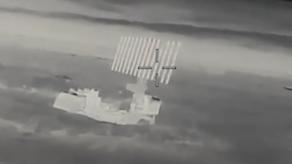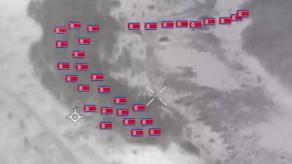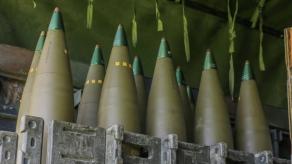Recently, it became widely known that russia installs Luneburg lenses on some long-range drones. This is not a special device but simply a radar reflector, covered on one side with metallic material.
Due to this, when exposed to radar, the lens focuses the energy and reflects it with significant amplification. For example, a Luneburg lens with a diameter of 44 cm can have a radar cross-section in the X-band of up to 100 m². This means that a small UAV with such a reflector would appear on radar as large as a B-52 strategic bomber.
Read more: The Five Key Differences Between the New Shahed Kamikaze Drones and the Old Version
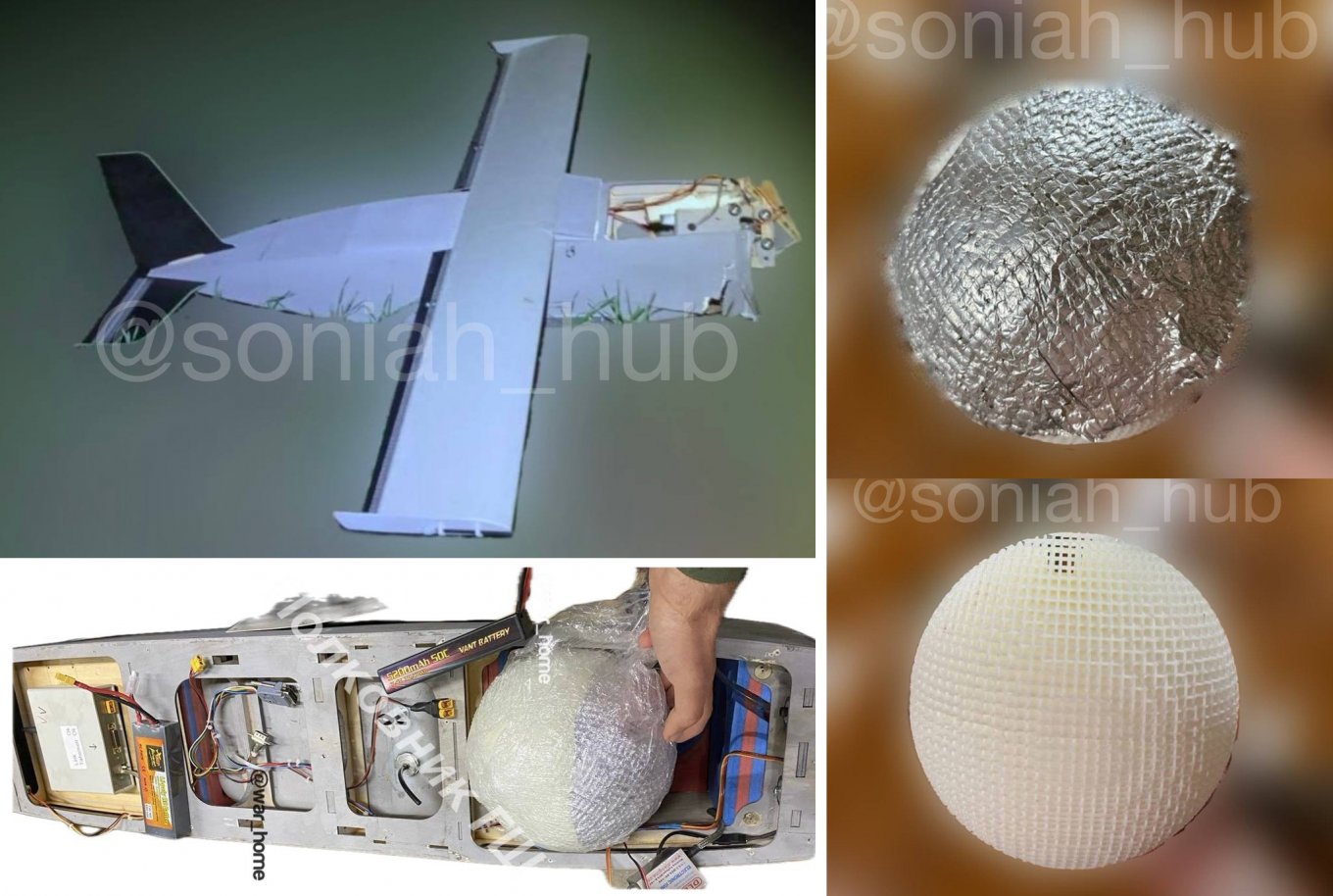
This is not a new invention. Rudolf Karl Luneburg proposed this type of lens in 1944, and it found use in radar technology as early as the 1950s-60s, particularly in anti-aircraft targets for training air defense system crews.

When used on long-range drones, this allows for the creation of numerous false targets on radar systems, diverting attention and requiring elimination. Thus, a makeshift Gerbera drone, made from foam and equipped with such a reflector, will appear on radar like a Shahed drone carrying a warhead.
However, this tactic is not used solely by russia. In fact, Ukraine was likely the first to begin using such tools on a large scale during this war. For instance, similar decoy targets were shown in a CNN interview about Ukrainian long-range drones.
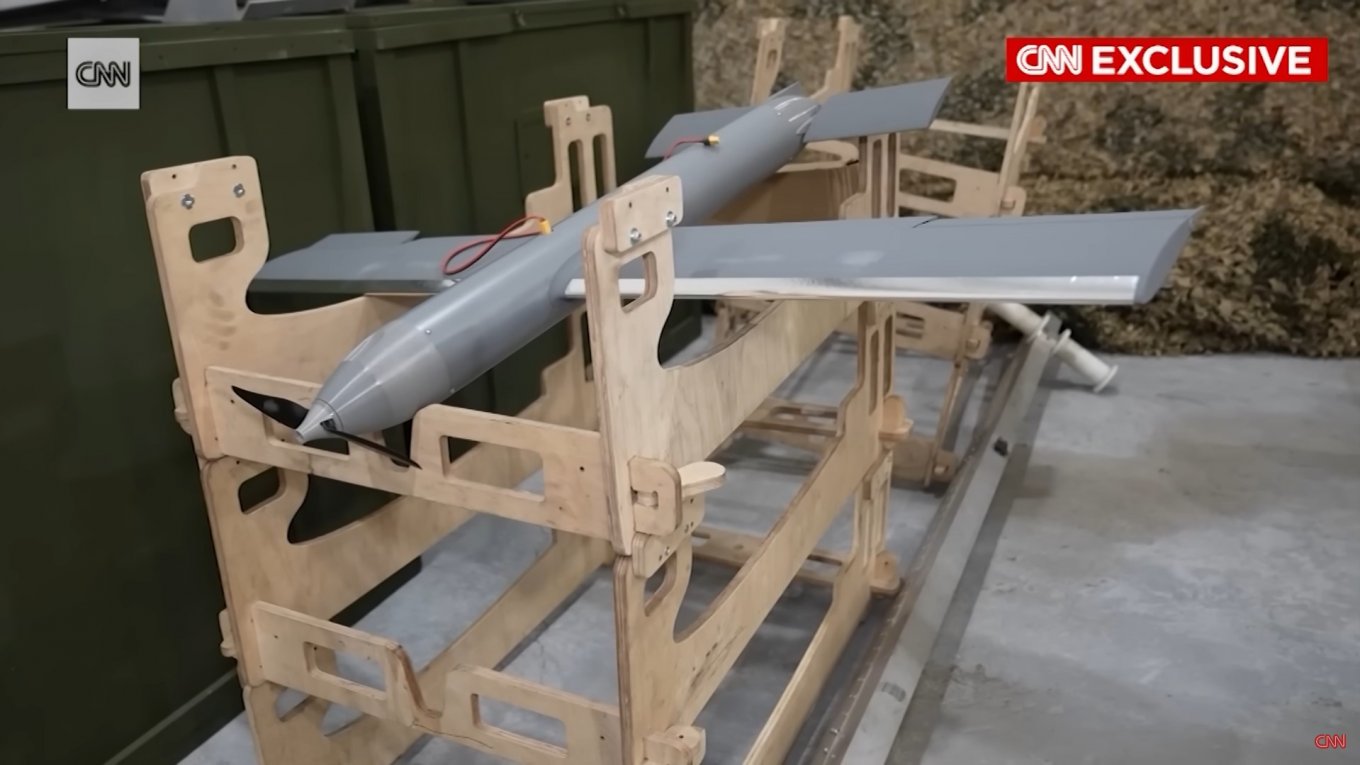
The report explicitly states that a considerable number of such decoys are launched to force the enemy to waste surface-to-air missiles, allowing real kamikaze drones to reach their targets.
Moreover, Luneburg lenses are used in the ADM-160 MALD, which the Ukrainian Air Force actively employs during cruise missile launches to confuse the enemy. Although the entire purpose of the MALD is to deceive the opponent, absorb strikes, and get shot down, the russian Ministry of Defense occasionally boasts about downing these decoys.
Read more: Gerbera, the New russian Foam Plastic Killer Drone, Showcased in Detail (Video)




